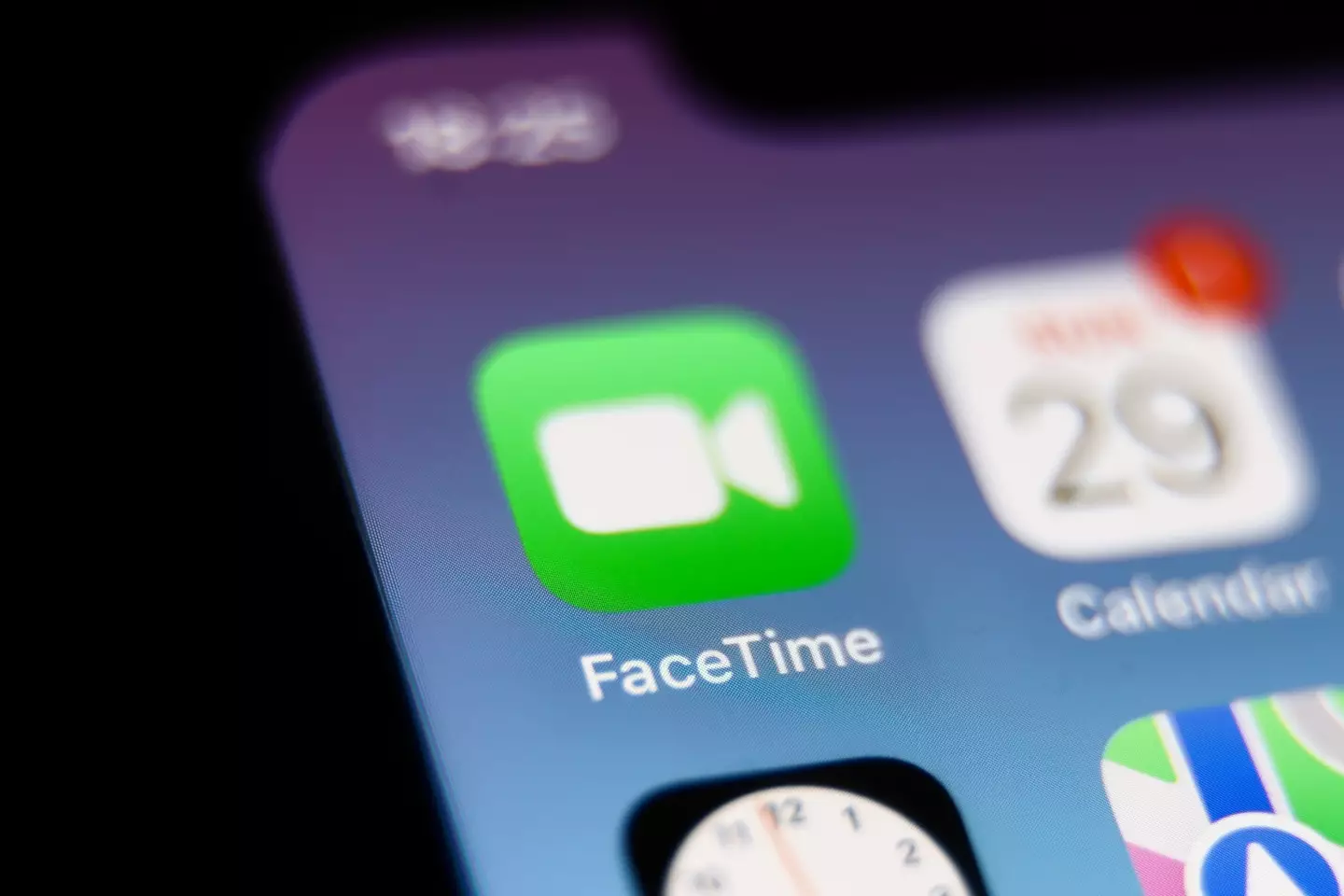The latest iPhone update has brought all sorts of new features, but one might be the one you need to be most careful with.
The new remote control feature in iOS 18 is a game-changer. It allows users to take control of each other’s devices during FaceTime calls—provided they both give permission and are running compatible devices with iOS 18 or later. Once granted, the person in control can navigate apps and settings and even send messages from the other person’s iPhone.

While this feature has raised eyebrows, especially for privacy, Apple has implemented safeguards. Face ID and Touch ID are disabled during remote access, and the device owner can end the session anytime. Plus, certain sensitive actions, like changing Apple accounts, making payments, or erasing data, are blocked for the remote user.
To start using this feature, both users must be on a one-to-one FaceTime call, have each other saved in contacts, and agree to the remote request. It’s ideal for trusted interactions—like tech support from a family member—since it allows the primary user to take back control at any time.

While the remote control feature is active and someone can access your phone, Face ID and Touch ID are switched off and you can still control your own screen too, with your touches taking precedence over those of the person you gave permission to.
You can also just say no to the request for remote control, and there’s a big ‘off’ button at the bottom of your screen to kick the interloper out of your device.
Some folks have branded this new feature ‘crazy’ and had their minds thoroughly boggled at the prospect of being able to control somebody else’s iPhone remotely.
Not everything will be available for the person taking control, as Apple says they can be restricted from doing things like changing your Apple account, making payments from your phone or trying to erase the device. Oh, thank the heavens!!